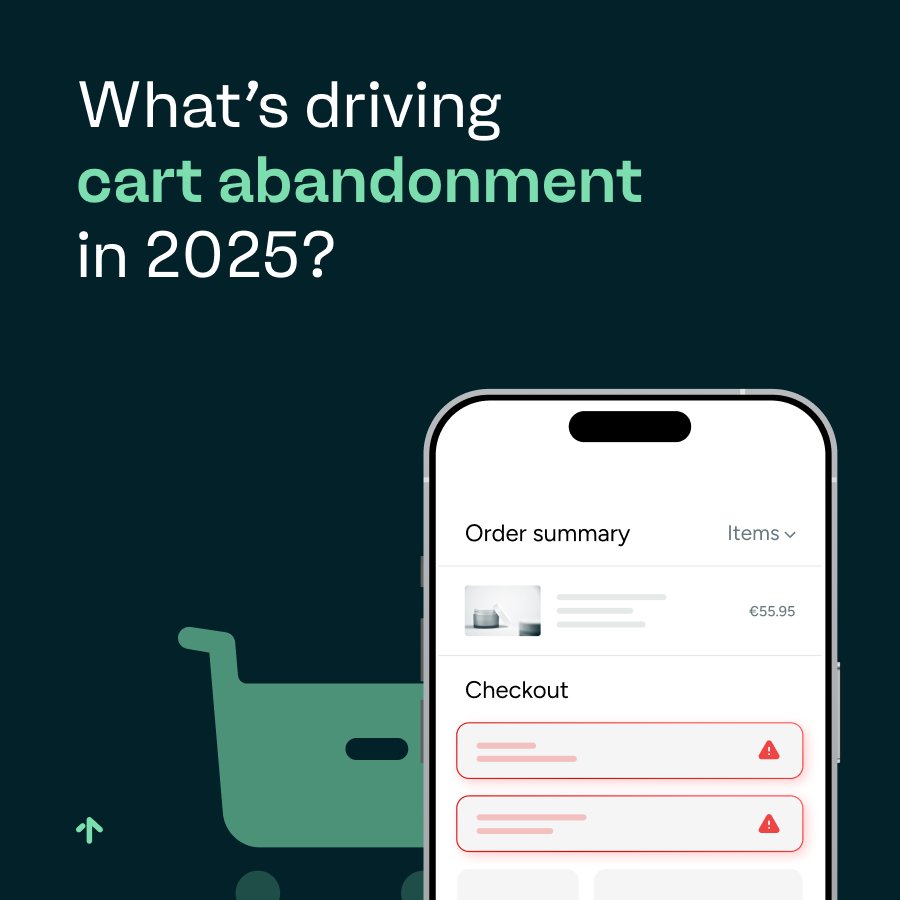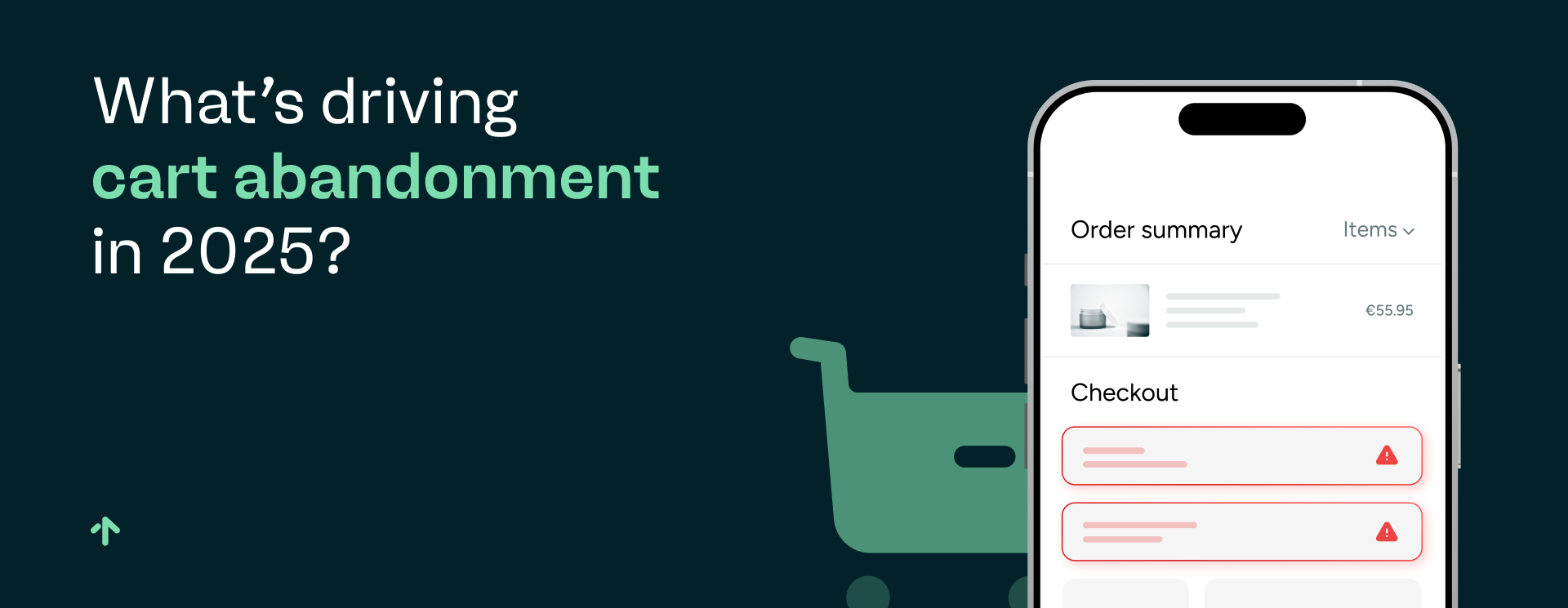
With e-commerce continuing to grow its footprint across Europe, merchants and marketplaces are looking to meet evolving consumer demands for faster, more convenient checkout experiences. Our latest report provides merchants with tips to enhance their checkout experience to reduce cart abandonment – but also considers whether the obsession with conversion is blindsiding businesses.
Cart abandonment is a key concern for businesses, but what’s driving it? And do consumers and the businesses serving them have a different take on what constitutes true abandonment? Furthermore, is the industry’s intense focus on conversion rates resulting in missed opportunities?
Our recent study of Europe’s shoppers explored both online and offline consumer behaviour to better gauge what they’re looking for in the checkout experience and what may be putting them off.
It will provide you with the insights you need to revamp your checkout, looking into issues such as forced account creation, unexpected fees, and a growing appetite for online window shopping.
What’s driving cart abandonment in 2025?
Historically, there have been a number of factors contributing to cart abandonment in e-commerce, with hidden costs at checkout a common reason. Complicated and clunky checkout processes are another culprit, as well as limited payment options, mandatory account creation, and opaque return policies.
Firstly, it’s important that you optimise website performance to ensure a smoother shopping experience. Slow loading times, frequent errors, and crashes can all frustrate customers and lead them to abandon their carts.
Delving into payabl.’s report, more than two-fifths (43%) of European consumers told us that a frustrating checkout experience deters them from returning to a retailer, with the UK’s shoppers (44%) the least tolerant of a cumbersome checkout process compared to 29% of Germans.
The main reason cited for cart abandonment is unexpected additional fees (39%, rising to 42% in the UK). This includes delivery charges that may pop up late in the checkout process, or costs that are unclear upfront. Hidden shipping fees, taxes, and other additional charges surprise customers and can prompt them to abandon their cart.
Transparency and clearer communication about costs is crucial to avoiding cart abandonment. This also extends to informing customers about any out-of-stock items before they add them to their cart. Accurate inventory management underpins a positive shopping experience.
The need to enter personal details or create an account is another prominent pain point (38%). Requiring your customers to create an account before checking out can be a significant barrier, with many preferring a guest checkout. Allowing guest checkout or else streamlining your account creation process is therefore essential to capturing customer loyalty.
Interestingly, the need for multi-factor authentication (MFA) plays a relatively minor role (19%) in cart abandonment. This is perhaps because the additional friction it creates can be mitigated by careful implementation and a focus on user experience. Ultimately, MFA enhances security – and our research has revealed that security is non-negotiable. Almost three-quarters (71%) of European shoppers are willing to accept a slightly slower checkout if it means that stronger fraud protection measures are firmly in place.
Understanding impulse vs intent
Despite the industry’s ongoing concerns about cart abandonment, 60% of consumers claim not to have abandoned a transaction within the last six months. This contrasts sharply with retailer-reported data, with some studies estimating cart abandonment rates at around 70%.
This raises a couple of important questions. Do consumers and merchants perceive abandoned transactions differently? And with all eyes on conversion rates, are businesses overlooking other opportunities to enhance customer experience and retention?
While retailers tend to see any unpurchased items left in a cart as abandonment and lost sales, consumers may not view it the same way, perhaps only considering intentional exits or lost interest as genuine abandonment.
We know that consumers will often add purchases they’re considering to their basket for possible purchase at a later date, rather than using wishlist features, and will sometimes use an online retailer as a type of virtual retail therapy or window shopping. Such behaviour and habits help to explain the gap in sentiment we’ve uncovered.
Instead of solely pushing for completed purchases, you may well get more long-term benefit from a deeper understanding of consumer intent at different stages of their journey, creating new strategies that will engage and then re-engage shoppers in a more nuanced way that fosters greater loyalty. A proactive payments partner can help you to leverage the wealth of data available in today’s e-commerce sector to create such strategies.
Ultimately, your checkout experience must be smooth, transparent, and frictionless to help minimise cart abandonment and ensure repeat business. You should make sure you clearly display all fees upfront and remove unnecessary barriers, such as mandatory account creation.
But understanding the difference between consumer-reported and retailer-tracked abandonment rates will take you a step further, allowing you to refine your approach to cart recovery and take advantage of new opportunities.
Download The state of European checkouts: Consumer expectations, payment preferences, and security insights to find out more about minimising cart abandonment in the modern shopping ecosystem.
